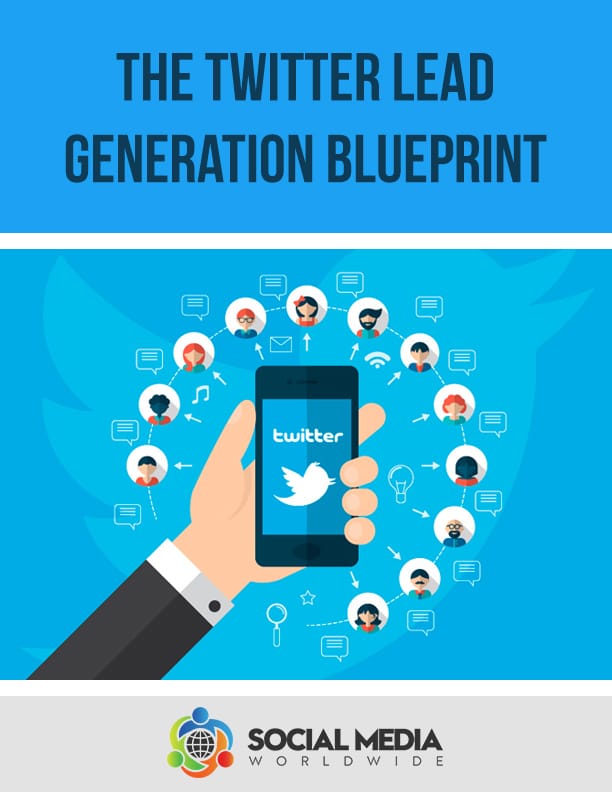https://www.pexels.com/photo/a-vintage-camera-on-brown-paper-6956301/
The power of social media is no longer a secret. With billions of users worldwide, social platforms offer businesses a unique opportunity to connect with their target audience, build brand loyalty, and drive sales. For ecommerce brands, leveraging social media marketing is not just an option, but a necessity.
To truly harness the full potential of this vast digital ecosystem, here’s a guide to how you can leverage social media marketing for explosive ecommerce growth.
1. Integrating Human Touch
In an age dominated by algorithms and automation, a human touch can make all the difference. Enter the ecommerce virtual assistant. Having a real person actively manage your social media accounts can be a game changer. They can engage with followers in real-time, answer queries, and offer personalized recommendations, which often feels more genuine than automated responses.
Moreover, virtual assistants can study customer behavior, curate relevant content, and implement effective strategies tailored to your brand. Their expertise ensures your social media strategy is not just effective, but also authentic, fostering genuine relationships with your customers.
2. User-Generated Content (UGC)
UGC is like digital gold for ecommerce brands. Encouraging your customers to share photos, reviews, or videos of them using your product can create a ripple effect of brand awareness. Not only does UGC offer authentic content to repurpose, but it also builds trust with potential customers. Create campaigns or contests that motivate customers to share their experiences and tag your brand.
3. Embrace Influencer Collaborations
Influencer marketing continues to be a driving force in ecommerce sales. Partnering with influencers, especially those who align with your brand’s values and aesthetics, can expose your products to a whole new audience. The key is to choose influencers based on engagement and relevance rather than just follower count.
4. Utilize Shoppable Posts
Platforms like Instagram and Facebook now allow businesses to create shoppable posts, making it easier for users to purchase directly from a post. This reduces friction in the buying process and can dramatically increase conversion rates. Ensure your product photos are of high quality and that the buying process is streamlined and user-friendly.
You also need to make sure you’re able to sustain the increase in demand for your products before you begin to market them. Ensure you have a robust shipping process, and that you’re able to fulfil orders properly. If you need some quality shipping boxes, Packee are a great option.
5. Engaging Stories And Live Videos
Engage your audience by sharing behind-the-scenes looks, product launches, or Q&A sessions through stories and live videos. This not only humanizes your brand but also keeps your audience informed and engaged.
Live videos, in particular, can be a great way to launch new products, offer exclusive deals, or simply connect with your audience in real-time.
6. Paid Social Advertising
Organic reach is great, but paid social advertising can amplify your brand to a broader audience. Platforms like Facebook, Instagram, and Pinterest offer sophisticated targeting options to ensure your ads are seen by your desired demographic.
A/B test your ads, monitor performance metrics, and continually optimize for better results.
7. Engage, Engage, Engage
Engagement goes beyond just responding to comments. Create polls, quizzes, or surveys to interact with your followers. Encourage discussions, acknowledge feedback, and always keep the communication two-way. The more engaged your audience is, the more likely they are to become loyal customers.
8. Keep Abreast With Social Media Trends
The digital landscape is ever-evolving. New features, algorithms, and trends pop up regularly. Be proactive in staying updated. Whether it’s the rise of TikTok marketing, AR-enabled shopping experiences, or a new algorithm change, adaptability will set your brand apart.
Conclusion
Ecommerce success in today’s digital age demands more than just a great product or website. It requires a comprehensive strategy that integrates multiple platforms, with social media being a prime player. By adding a personal touch with a virtual assistant, leveraging UGC, embracing influencer collaborations, and keeping up with the latest social trends, you position your brand for not just growth, but explosive growth.
In the dynamic world of ecommerce, change is the only constant. Stay ahead, stay updated, and most importantly, stay engaged with your audience. The world of social media offers endless possibilities; it’s up to you to harness them for your brand’s success.



This is very interesting and informative article